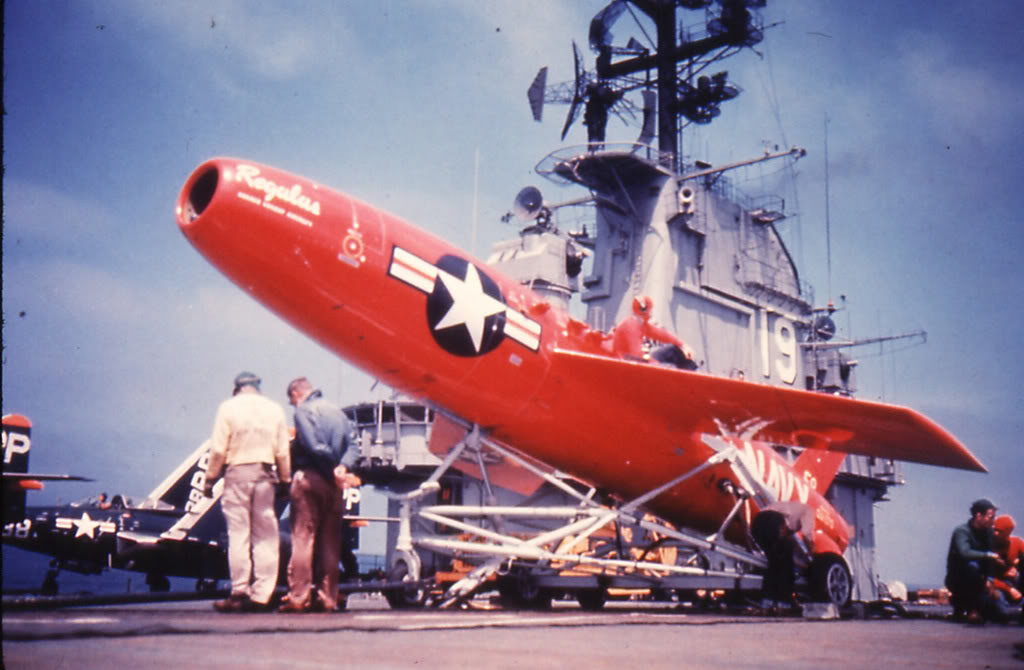Angles and Dangles . . . CVN-style

As part of the sea trials coming out of a yard period, you put the ship through its paces to include high speed runs and extreme turns. When we pulled IKE out of the yards on my first at sea period as her ‘gator (navigator) we did the whole nine-yards, including a high speed run forward and reverse. The run forward was for a good hour, in a straight line, which will chew up substantial pieces of seaborne real estate. A carrier, particularly a nuke, running at flank speed is a sight to behold. When you throw the rudder over for a hard turn she leans waaay over, and that’s usually when you find out those things that weren’t properly secured — boxes, books, plates, TV’s come flying off their shelves and from the bridge, we heard the occasional muffled bang followed by a stream of obscenities from the chief or LPO. As for me, secure (OK, holding on for dear life) in my chair on the starboard side of the bridge, I was looking up towards the port side of the bridge to see the CO, OOD and rest of the nav team doing likewise. Had they lost their grip, a swift slide to the starboard side would have ensued…
One other thing these trials allow, which simulators just can’t convey, is to give the nav team (especially the new members) a good feel for what the ship can do, how she handles and what sort of things to take into account (and use to good purpose) that you normally don’t get a chance to do with an embarked airwing. Things like getting a feel for just how long/far the ship will coast from a full power run, or how she handles when full astern is rung up:

Yeah, blunt ends just don’t cut through the waves like the proper end 😉
Bubblehead has some stories from a submariner’s POV here…


Please, please tell me that’s your typo in the first caption! I would hate to think that an active duty sailor would not know the difference between “keel” and “heel” and that the editor who should have caught the error was similarly clueless.
Dear Mr. Adams — The nautical term ‘heel over’ is accurate. It is a verb used to describe the tilting of a ship in a lateral direction, either to port or starboard — due to forces such as wind or water pressure. The caption describes the tilting over of the ship in question to starboard due to the pressure of water to its port during the high speed turn (and of course the corresponding lack of pressure to starboard). Keel is a noun referring to the spine of the ship. Kindest Regards –
That is indeed, the caption from http://www.navy.mil
– SJS
I was on the Forrestal when she did her sea trials after coming out of SLEP in 1985. I was sitting in a Sea King tied down in the center of the flight deck looking towards the bow when she did her speed run into the wind. I was watching the airspeed indicator and even after subtracting 18 knots for the wind, she was hauling ass. The claimed speed of 35 knots is a joke.
Maybe not quite the easy target as some claim for a hostile inbound greater than the speed of sound straight down, in a strong counter measure/electro interference environment, oh and hopefully with good enough targeting to start attack in the 5 mile circle?
As always, a great post, and while I’m at it, I love the new layout. Much cleaner and easier to read.
Indeed, a great post. I sometimes think that very few people really understand the full extent of the power that lies beneath the hood of a Nimitz class CVN. I’d love to be aboard one sometime on a flank run.
Ken, the correct nautical term for a ship/boat that’s leaning over is “heeling”, not “keeling”. The ship is indeed “heeling to starboard”.